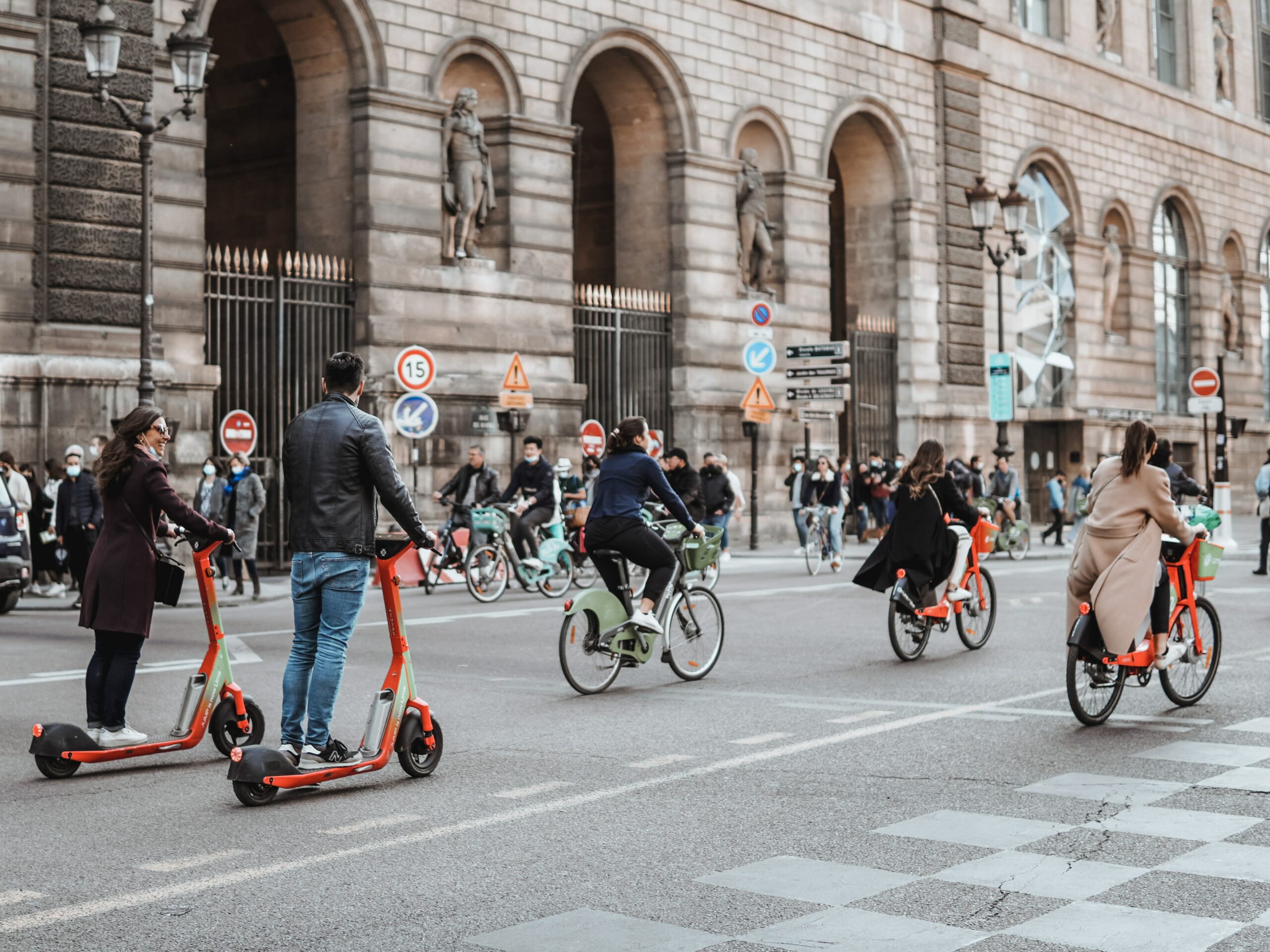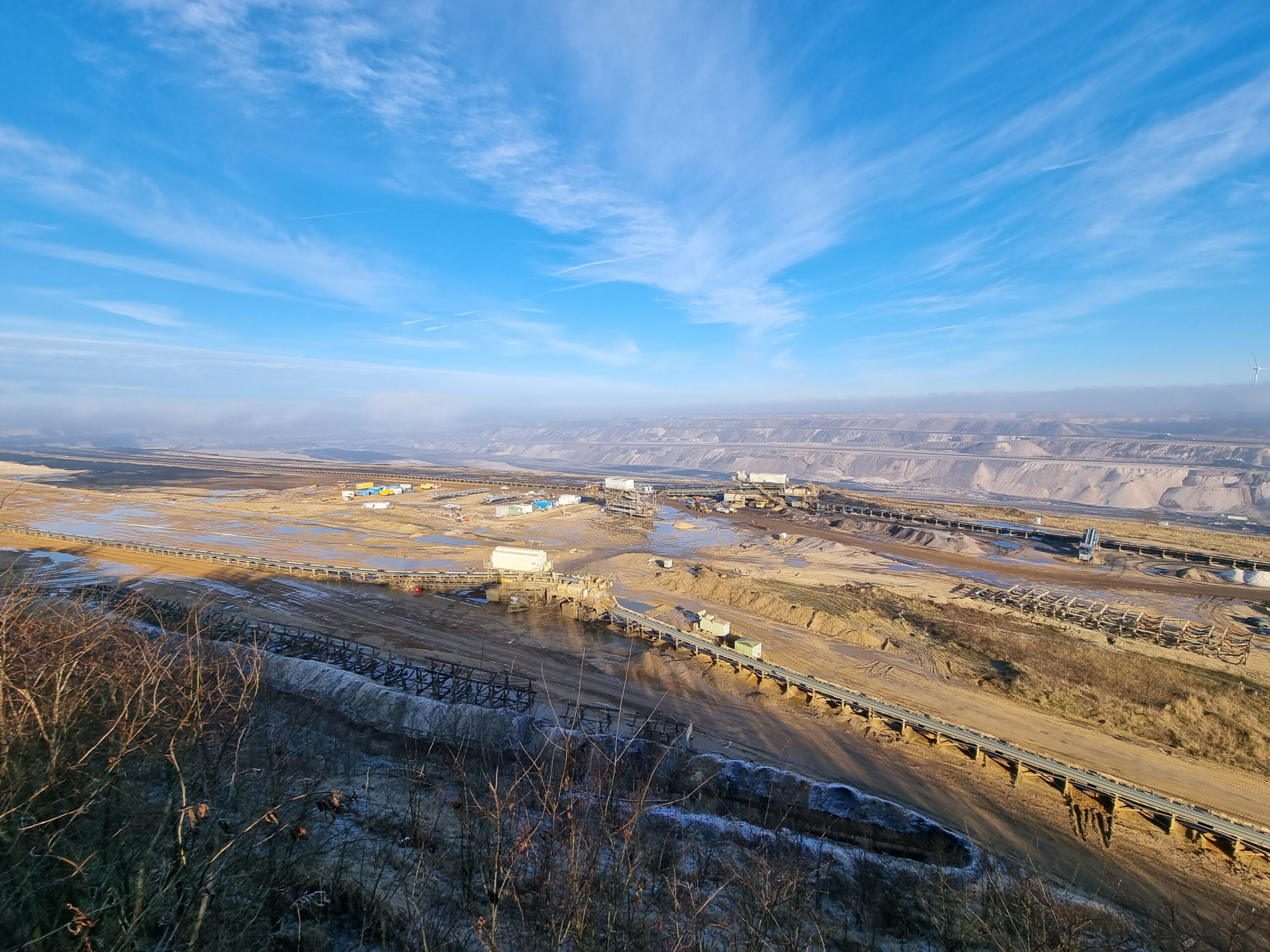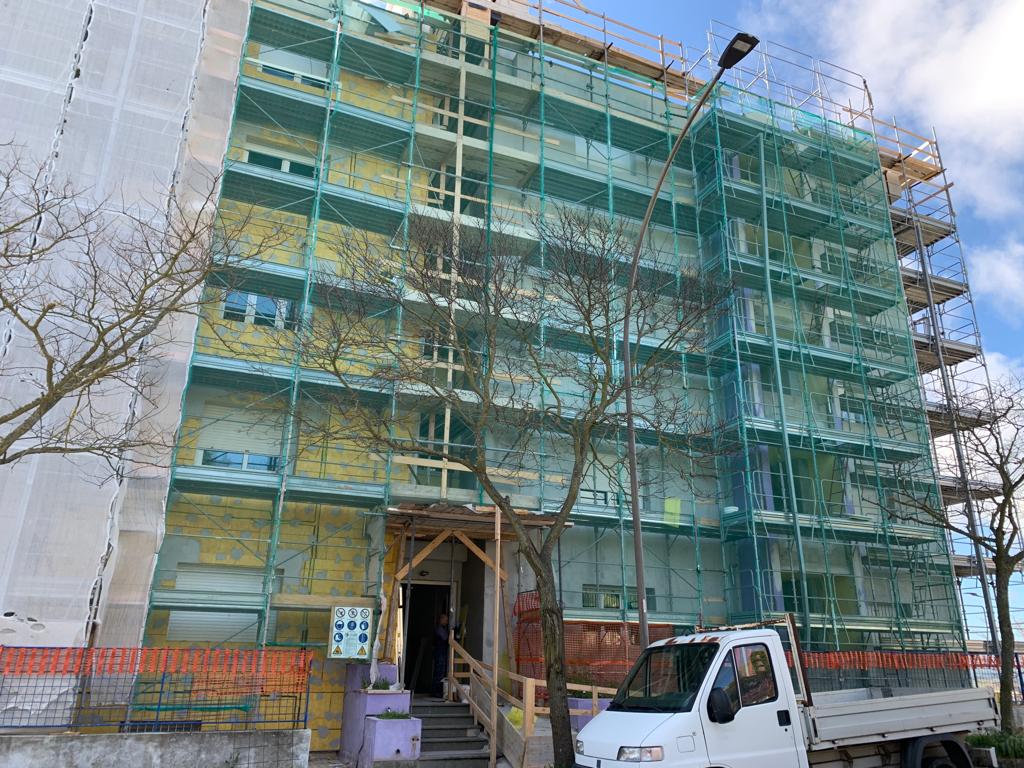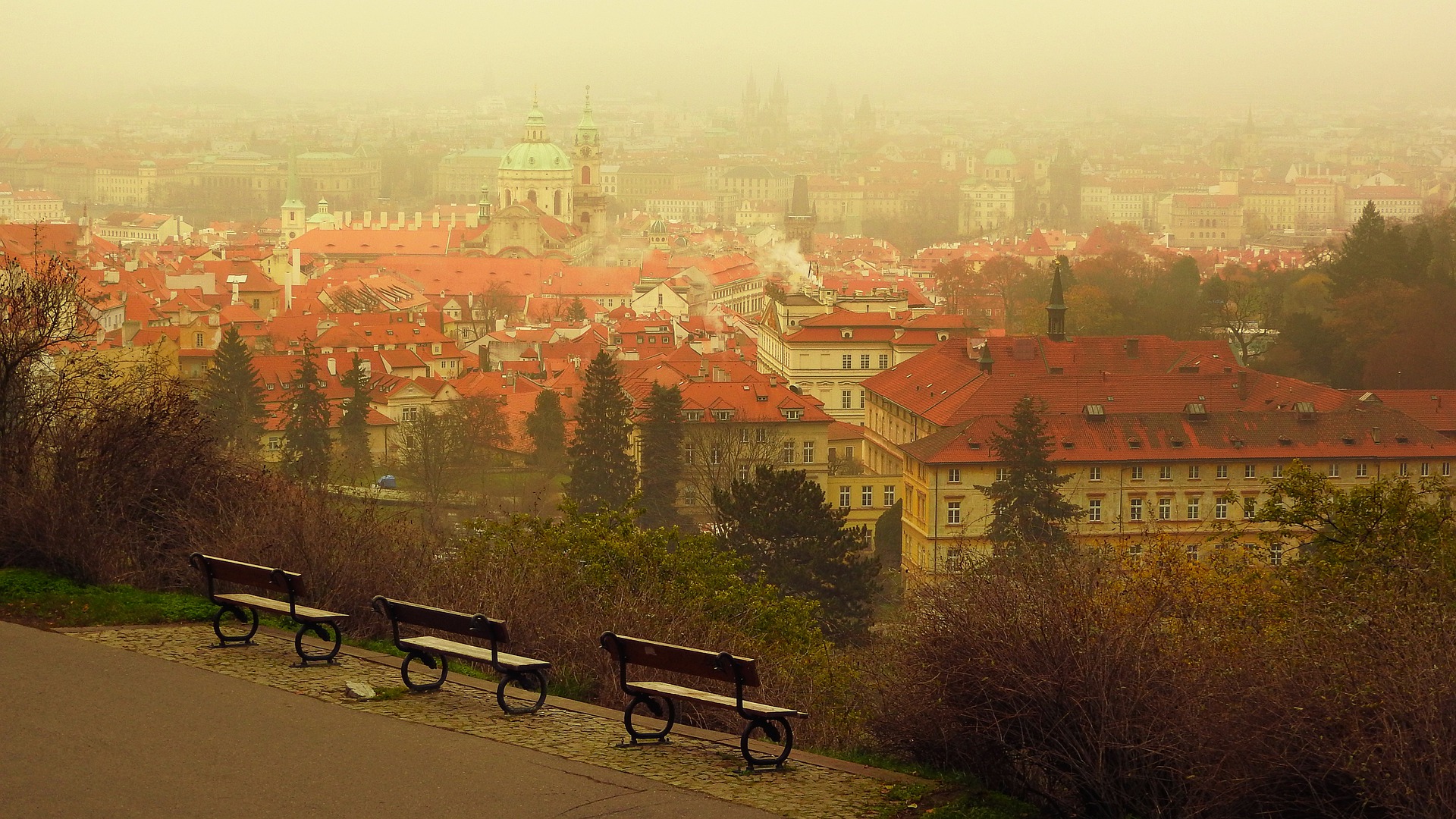
About Decarbonizing Europe
What does the Recovery and Resilience Facility entail?
The European Commission has made available an amount of 723.8 billion euros
to combat the consequences of the corona crisis and make Europe greener, cleaner, and future-proof. All member states have the opportunity to submit plans for disbursement from this Recovery and Resilience Facility.
Who is participating in the Recovery and Resilience Facility?
All the member states of the European Union. All member states? No, The Netherlands has not submitted plans as yet. Although, it became public knowledge at the end of January that hard work is going on behind the scenes in the Netherlands to secure some of those European billions.
What do the member states have to spend the money on?
At least 37 percent of the funding should be used for making their countries more sustainable and 20 percent for digitalization. In addition, there are also other key points:
– Smart, sustainable and inclusive growth
– Social and territorial cohesion
– Public health, economic, social, and institutional resilience
– Policy for future generations
What else is happening?
Apart from that, the EC has identified several so-called flagship areas:
– Power up
– Renovate
– Recharge and Refuel
– Connect
– Modernise
– Scale-up
– Reskill and upskill
What is Innovation Origins planning to do?
Over the next few months, we will be focusing on the implementation of these plans. We will be outlining what each country is doing to reduce CO₂ emissions, and we will be reporting on innovative projects. Infographics will allow you to compare the member states’ efforts with each other.
A crisis like the corona pandemic calls for decisive measures. The EU has freed up €723.8 billion in an effort to use the Recovery and Resilience Facility (RRF) to pull the European economy out of the recession caused by corona. In order to qualify for a share of this large bag of money, member states must submit a plan to the European Commission. In the series Decarbonizing Europe, we put those plans under a magnifying glass. This week: France.
Over half of the €40 billion cake France is receiving from the European Commission is for climate targets. The energy efficiency of buildings, hydrogen, and green mobility are the leading priorities being subsidized through this budget.
France Relance
The French Recovery and Resilience Plan (RRP) is part of France Relance – a €100 billion package aimed at reviving its economy after the COVID-19 outbreak. Ecology, competitiveness, and cohesion are the priorities of this initiative which are to shape the France of 2030.
The ecology pillar is being supported to the tune of €30 billion, while competitiveness and cohesion are respectively getting 34 and 36 billion euros each. By 2050, France aims “to become Europe’s first major decarbonized economy by achieving full carbon neutrality,”- as stated during the presentation of the France Relance. How can the RRP help with that?
“It is helping because it earmarked some of the funds for decarbonization priorities. A third of France Relance is for green targets, but we need more money to boost the transition,” underlines Nicolas Berghmans. He is an energy and climate expert at the Institute for Sustainable Development and International Relations – IDDRI.
“Emissions’ reduction has been going in the right direction in the past years. However, more effort is needed to meet the 2030 target. By then, we have to cut down our emissions by 55 percent in comparison to 2005 levels – as per the EU’s Zero Pollution Action Plan. France then needs to further reduce its emissions by 4 percent every year to be in line with this goal,” Berghmans points out.
Nuclear energy central to the green transition
In 2019, a single French citizen emitted 6.8 tonnes of greenhouse gases on average. Germany and Italy citizens – the two other EU countries with the largest population – emitted respectively 3.3 and 0.4 tonnes more than France. The main reason for this discrepancy is that nearly 70 percent of the electricity produced in France comes from nuclear power.

Nuclear is also set to remain one of the main sources of electricity in France over the upcoming decades. Last February, PM Emanuel Macron announced the construction of at least six new plants. Given the recently updated taxonomy by the EU, nuclear energy belongs to the group of clean sources on the way to the 2050 target for climate neutrality.
“These plants will be brought into commission by 2035 at the soonest. On top of that, there has been a fall in energy production from nuclear sources due to the ageing of the plants. Therefore, France needs to speed up the development of renewable energy in order to both decarbonize the economy and to develop hydrogen production,” notes Berghmans.

Nicolas Berghmans
Lead European affairs, energy-climate expert at IDDRI
His research focuses on climate governance. He is also a regular lecturer at the Paris School of International Affairs at Sciences Po Paris.
Hydrogen and renewables
France’s RRP is allocating about €2 billion to hydrogen production. “The idea is to generate it from electricity that comes from carbon-free sources. Given the country’s nuclear fission industry potential, the government is also envisioning hydrogen production from nuclear sources as well,” Berghmans explains.
According to Eurostat figures, less than 20 percent of the energy used in France came from renewable sources in 2020. This aspect represents one of the hurdles the country has to face on the way to a greener future.

“The main challenge in my view will be whether or not France will meet the expectations in terms of being capable of producing energy from renewable sources. As per 2028’s energy plan, we should double the annual number of wind farms being set up. In addition to that, we should multiply the annual installation of photovoltaic systems by a factor of 5 in comparison to 2018’s figure,” the researcher goes on to say.
Following his re-election, Emmanuel Macron announced that 50 offshore wind farms will power the country by 2050 with 40 GigaWatts – GW – of capacity. So far, only one of these has been installed. “There aren’t many developments at this point. If we’ll manage to achieve 1 GW per year, it would be already an accomplishment,” Berghmans adds.
NextGeneration EU
The corona crisis is one of the biggest challenges of our time. The European Union, through NextGenerationEU – the largest recovery plan ever at €806.9 billion – aims to help its member states emerge stronger from the crisis. The Recovery and Resilience Facility (RRF) is at the heart of this plan (€723.8 billion).
The RRF has two goals: first, to pull the European economy out of the recession caused by the corona pandemic. At the same time, it is designed to give an impetus to important investments for the future and measures for rolling out reforms.
All 27 member states have submitted plans. Whether all the money is actually disbursed depends on a final assessment of the projects. For example, countries must spend at least 37 percent of their budgets on climate action and 20 percent on digitalization.
Buildings renovation
More than €5.8 billion of the RRP are making housing more energy efficient. MaPrimeRénov’ is the initiative for refurbishing private housing. Every house can claim up to €20,000 for insulation and retrofitting purposes. The money must be spent within 5 years. This plan of action is for buildings built at least 15 years ago.
Berghmans: “This plan made it easier to finance courses of action, especially when it comes to all the practicalities involved. In the case of huge renovations, the fact that the subsidy can be spent within 5 years encourages people to go ahead and use it.”

Green mobility
A total of €4.4 billion of the French RRP fund is aimed at helping the railway sector. It represents the most difficult investment where green mobility is concerned. Greening of ports, support for green vehicles, and the replacement of the state’s vehicle fleet are some of the other measures being taken.
To reduce emissions resulting from domestic flights, night trains will also be financed. When it comes to car mobility, subsidies for vehicles that are far less polluting were already in place. Apart from that, one other idea might help boost sustainable mobility in France.
“I think social leasing for cars should be rolled out. People who can’t buy a car would still have access to a car – that would be partly funded by the government. It should address low-income sections of the population. By 2025, French city centers will all have to be zero-emissions zones. Therefore, more options need to be around to ensure that cities remain accessible,” Berghmans states.
Cyclable Paris
In view of this, Paris has already placed itself as a front-runner in the implementation of the 15-minute city concept – where citizens can access all essential services by walking or cycling within no more than a quarter of an hour. The Paris Velo initiative aims to make the capital 100 percent bike-friendly by 2026. Part of the RRP budget is also being set aside to improve cycle lanes all over the country.
“The Paris model works well. However, commuters also need to be taken into account. Sustainable mobility models for commuters who travel from 60 kilometers away need to be in place too,” says Berghmans.

Green transition won’t be done by 2026
Just as is the case with other countries there is also the concern as to what will happen after completing the implementation of the RRP in 2026. “It’s a common understanding that the decarbonization of economy is a 30-years long effort. There is a real risk that the financing of the green transition may come to a halt and we should avoid it at all costs,” Berghmans sums up.
Support us!
Innovation Origins is an independent news platform that has an unconventional revenue model. We are sponsored by companies that support our mission: to spread the story of innovation. Read more.
At Innovation Origins, you can always read our articles for free. We want to keep it that way. Have you enjoyed our articles so much that you want support our mission? Then use the button below:

